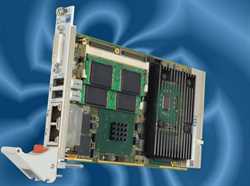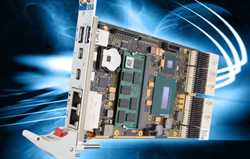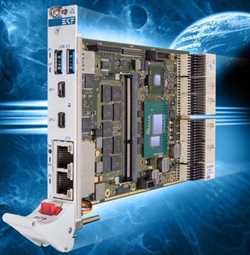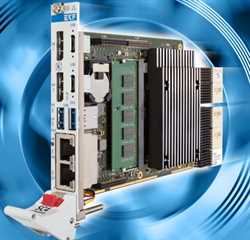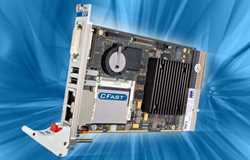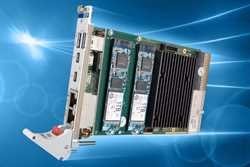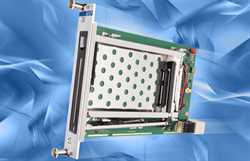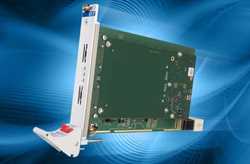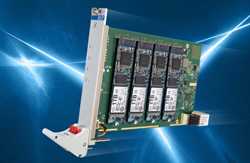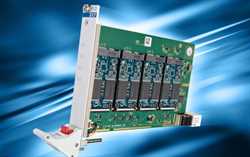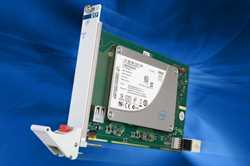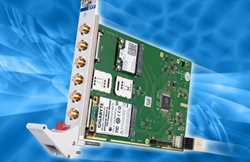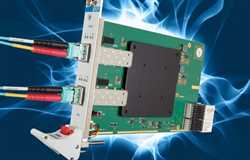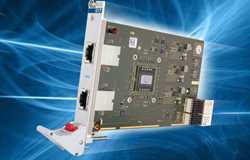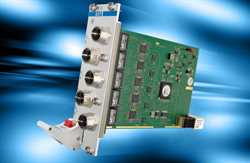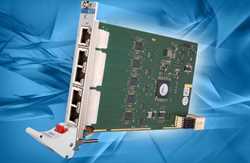EKF CCT-RIO Rear I/O Transition Module
BRAND : EKF
Available as a rear I/O expansion board to the CCD-CALYPSO CPU card, the CCT-RIO is provided with several I/O port connectors, to be used either in addition to the CCD front panel connectors or alternatively. Being mainly a passive rear I/O transition module, groups of signals from the CCD-CALYPSO CPU board are passed across the CompactPCI J2/P2 connector to the CCT-RIO. Some of the data lines are available locally on the CCT board for system internal wiring only, while other connectors such as VGA-Video and Gigabit Ethernet are mounted into the back panel for external use. USB and SATA (eSATA) channels are provided both onboard and externally.
Typically the CCT-RIO ist equipped with a 4-
HP rear panel (20.3mm width). As a custom
specific option, an 8-HP panel is available
with additional connectors.
Utilization of the CCT-RIO transition module
adds a level of I/O functionality that is not
available with the CCD-CALYPSO CPU board
alone. Further on, swapping the CPU card is
simplified by means of rear I/O, which is
important for efficient system maintenance
(MTTR)
Details
Available as a rear I/O expansion board to the CCD-CALYPSO CPU card, the CCT-RIO is provided with several I/O port connectors, to be used either in addition to the CCD front panel connectors or alternatively. Being mainly a passive rear I/O transition module, groups of signals from the CCD-CALYPSO CPU board are passed across the CompactPCI J2/P2 connector to the CCT-RIO. Some of the data lines are available locally on the CCT board for system internal wiring only, while other connectors such as VGA-Video and Gigabit Ethernet are mounted into the back panel for external use. USB and SATA (eSATA) channels are provided both onboard and externally.
Typically the CCT-RIO ist equipped with a 4-
HP rear panel (20.3mm width). As a custom
specific option, an 8-HP panel is available
with additional connectors.
Utilization of the CCT-RIO transition module
adds a level of I/O functionality that is not
available with the CCD-CALYPSO CPU board
alone. Further on, swapping the CPU card is
simplified by means of rear I/O, which is
important for efficient system maintenance
(MTTR)
